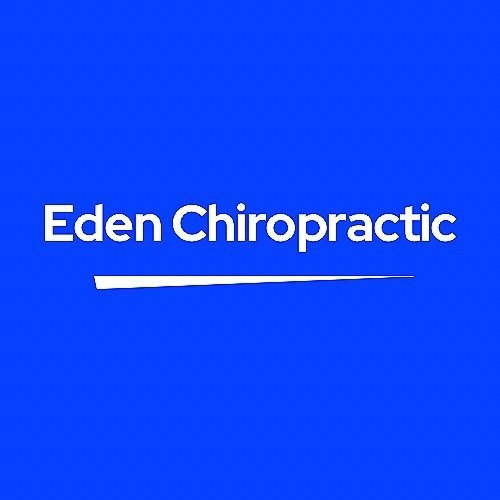Entrainment Therapy Explanation
Entrainment therapy refers to a therapeutic approach that involves synchronising biological rhythms with external stimuli. This synchronisation can be achieved through various forms, such as movement with light or sound cueing. The goal is to entrain poorly regulated neurological processes. it is thought to achieve this by improving the synchronisation of various brain networks. The posterior cingulate gyrus is particularly involved with this therapy. It is known to be a brain structure that overlaps with multiple networks and is involved with complex cognitive processes and internal representations like emotion, memory and navigation.
There are many ways to entrain the nervous system and they all involve some sort of rhythmic activity. We use a computer based program developed in the USA, which measures efficiency and effectiveness of repeated movements synchronised by a sound stimulus while clapping.
The Neocortex and Basal Ganglia are heavily involved in the sensory motor integration and modulation of the networks affected by repetition of movement as a response to a stimuli.
Optimal interaction with our environment requires processing and relaying sensory information synchronously and precisely. This is particularly important for complex movement, cognition, emotional control, learning and behaviour.
The brain has a strong tendency to make movements automatic, i.e. riding a bike or learning to drive. Learning a new movement begins with difficulty and quickly builds ‘muscle memory’ allowing repetition to build accuracy. The brain does this to free up processing power for new possibilities. It is efficient for the brain to make repetitive movements automatic i.e. ‘habituated’, which is why habits are hard to break!
The better the brain is at doing this habituation, the more efficient it can be with learning. Entrainment therapy builds to create a brain that is a fast learner.
Dancing is a very good entrainment therapy!
We use vestibular stimulation in conjunction with our entrainment therapy equipment. This can be used in two ways.
If a patient performs poorly while also being stimulated with vestibular stimulation then we can use this to push the nervous system to learn more quickly.
If the patient performs well because of the added stimulation then this is a clue as to how biased their nervous system is in an over reliance on their vestibular system. We correlate all this to determine treatment parameters.
